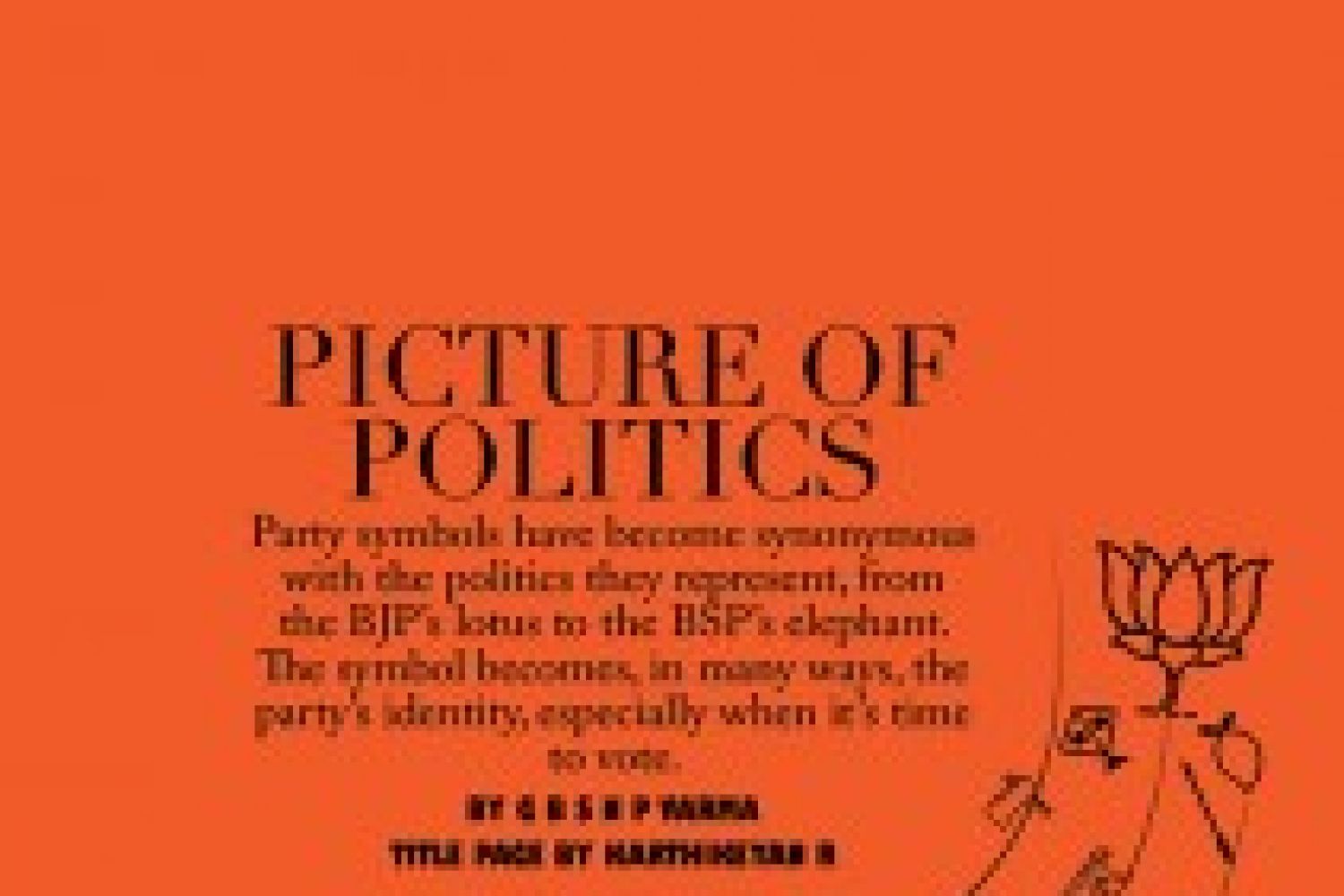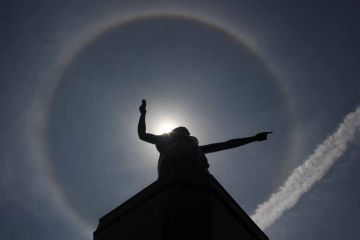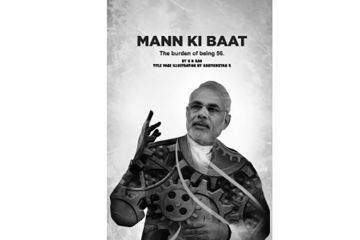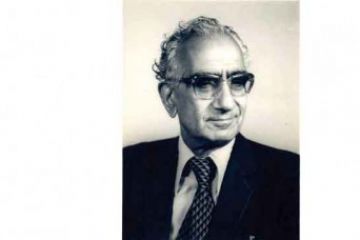
It’s not the face that
the voter sees, or the name of the candidate. In the booth, the only thing
available for stamping is the symbol. That is what represents the candidate and
the party he stands for. So what goes into this primary mark of identity?
Back in 2006, the Lok
Satta Party—its roots were in Lok Satta, a civil society movement started in
1996 by former IAS officer Jayaprakash Narayan in Andhra Pradesh, which spread
around the country—transformed itself into a political p





